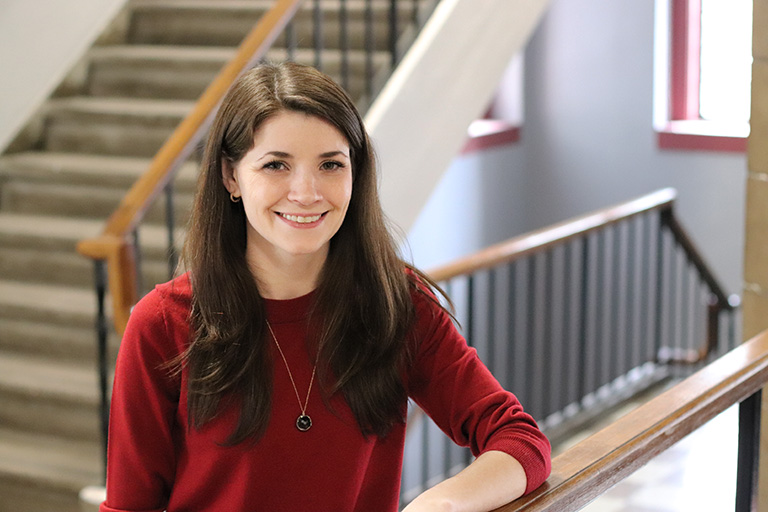
Neurological disorders such as Parkinson’s, Alzheimer’s, and multiple sclerosis have stricken humans throughout history, with the first real efforts to understand and treat coming in the last couple of centuries.
Though much has been learned about them, there remains no cure, only the treatment of the symptoms associated with them.
Now, researchers including lecturer Sara Hanrahan have combined neuroscience with engineering, opening up new avenues in the quest for a cure in the process.
“People don’t necessarily equate engineering with the biomedical field, but there is a tremendous amount of overlap and potential,” Hanrahan said. “Having an engineering background allows you to design biomedical devices with a better knowledge of materials, the pros and cons of different designs, and to anticipate and overcome problems.”
Hanrahan has the double advantage of having spent four years at the Colorado Neurological Institute and the Swedish Medical Center before coming to UT in 2018. Her experience with neurosurgery has positioned her to see neural disorders from both a medical and practical standpoint, which, in turn, gives her students insight into what it is really like to work in biomedical engineering.
It’s also led to her developing a possible treatment for Parkinson’s patients that calls upon her dual experience. “Deep brain stimulation has long held promise as a way to diminish the effects of Parkinson’s, but it can still be improved.” Hanrahan said. “The big challenges are integrating materials into the body that it won’t reject, controlling infection, and targeting specific tissues to open up new avenues of treatment.”
The evolving technology has an enormous upside, but, like most medical breakthroughs, there are clinical trials and federal guidelines governing adaptation. While Hanrahan’s clinical expertise is good news for patients, her role as an educator is the latest sign of biomedical engineering’s expansion at UT.
New breakthroughs in materials and devices have helped expand the field’s reach both within engineering colleges and in clinical settings.
“I’m really excited in the interest and growth of biomedical engineering,” Hanrahan said. “My goal is to help our undergrads at UT understand what the best path is for them, whether it’s grad school, medical school, or working in a medical field. It’s about setting them up for the future.”
For Hanrahan and MABE, that future is bright.